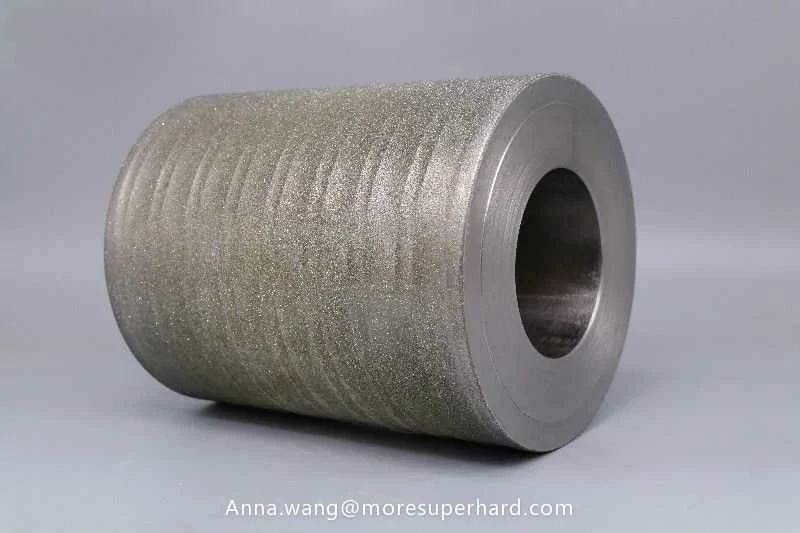Challenges and Solutions for Surface Grinding 0.5um
Surface grinding is a commonly used manufacturing process in industries such as automotive, aerospace, and electronics. It involves removing material from the surface of a workpiece to achieve high precision and smoothness. However, when it comes to grinding to a tolerance of 0.5um (micrometers), there are several challenges that need to be addressed. In this article, we will explore these challenges and discuss potential solutions.
One of the main challenges in surface grinding to a tolerance of 0.5um is achieving uniform material removal across the entire workpiece surface. Any variation in the grinding process can result in uneven removal, leading to dimensional inaccuracies. To overcome this challenge, it is essential to ensure the stability and rigidity of the grinding machine. This can be achieved by using a robust machine structure, high-quality components, and advanced control systems. Additionally, regular maintenance and calibration of the machine are crucial to maintain consistent performance.
Another challenge is controlling the temperature generated during the grinding process. High temperatures can lead to thermal expansion of the workpiece, affecting its dimensional stability. To mitigate this issue, coolant fluids and lubricants are commonly used during grinding operations. These fluids help to dissipate heat and reduce friction between the workpiece and the grinding wheel. Furthermore, implementing an effective cooling system, such as through-spindle cooling or external coolants, can help maintain a stable temperature throughout the grinding process.
The selection and condition of the grinding wheel also play a significant role in achieving precision grinding results. The wheel must have the appropriate abrasive characteristics, grain size, and bonding material to effectively remove material while maintaining dimensional accuracy. Additionally, the wheel’s condition, including its sharpness and wear, should be regularly monitored and maintained. Dull or worn-out wheels can result in poor surface finish and inaccurate dimensions. Therefore, proper wheel dressing and selection are critical for achieving consistent results.
Furthermore, the control of grinding forces is essential for achieving accurate and precise grinding. Excessive grinding forces can cause deflection in the workpiece or result in wheel wear, leading to poor surface quality and inconsistent dimensions. To control the grinding forces, it is necessary to optimize the cutting parameters such as wheel speed, feed rate, and depth of cut. Additionally, employing advanced technologies such as force monitoring systems can provide real-time feedback and enable adjustments to ensure optimal grinding conditions.
In conclusion, surface grinding to a tolerance of 0.5um presents various challenges that need to be addressed for achieving high precision and surface finish. These challenges include uniform material removal, controlling temperature, selecting and maintaining the grinding wheel, and managing grinding forces. By implementing appropriate solutions such as machine stability, coolant fluids, proper wheel selection, and optimized grinding parameters, these challenges can be overcome. With continuous improvement and innovation in grinding technology, the achievement of highly accurate and smooth surfaces at submicron tolerances is becoming increasingly feasible.
.webp)


